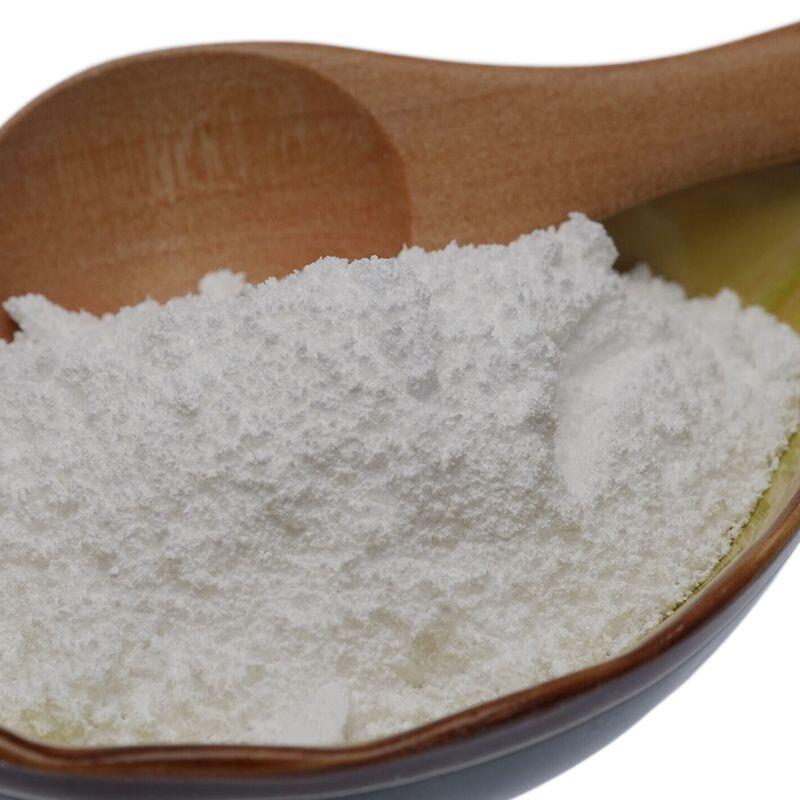-
Categories
-
Pharmaceutical Intermediates
-
Active Pharmaceutical Ingredients
-
Food Additives
- Industrial Coatings
- Agrochemicals
- Dyes and Pigments
- Surfactant
- Flavors and Fragrances
- Chemical Reagents
- Catalyst and Auxiliary
- Natural Products
- Inorganic Chemistry
-
Organic Chemistry
-
Biochemical Engineering
- Analytical Chemistry
-
Cosmetic Ingredient
- Water Treatment Chemical
-
Pharmaceutical Intermediates
Promotion
ECHEMI Mall
Wholesale
Weekly Price
Exhibition
News
-
Trade Service
Indinavir sulfate is an antiretroviral drug that is primarily used in the treatment of HIV/AIDS.
Its synthetic routes have been extensively studied in the chemical industry, and there are several methods that have been developed to synthesize this compound.
One of the most common synthetic routes for indinavir sulfate is through the use of a process called the "Petta method.
" This method involves the use of several reaction steps, including the synthesis of a modified phenylketone derivative, which is then transformed into the desired indinavir sulfate compound.
Another synthetic route for indinavir sulfate is through the use of a process called the "Knoevenagel condensation.
" This method involves the use of two different reaction steps, including the condensation of an aromatic aldehyde with an aromatic amine, followed by a dehydration step to form the desired indinavir sulfate compound.
A third synthetic route for indinavir sulfate is through the use of a process called the "Buchwald-Hartwig amination.
" This method involves the use of a copper catalyst to carry out an amination reaction between an aromatic alcohol and an aromatic amine, followed by a hydrolysis step to form the desired indinavir sulfate compound.
All of these synthetic routes have their own advantages and disadvantages, and the choice of which route to use will depend on a variety of factors, including the desired purity of the final product, the cost of the starting materials, and the scalability of the process.
Overall, the synthetic routes of indinavir sulfate are an important area of research in the chemical industry, and ongoing efforts are being made to develop new and more efficient methods for the synthesis of this important antiretroviral drug.







